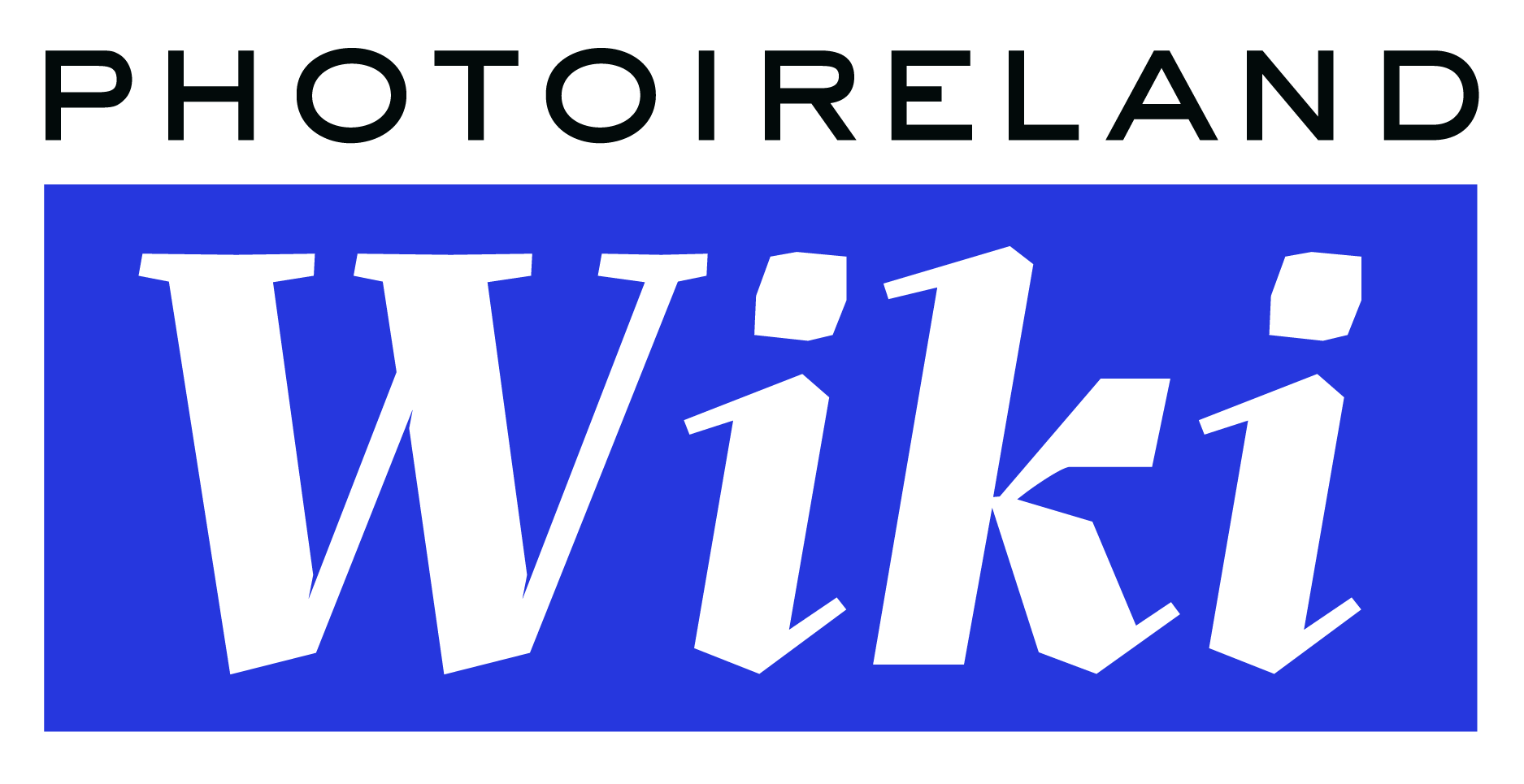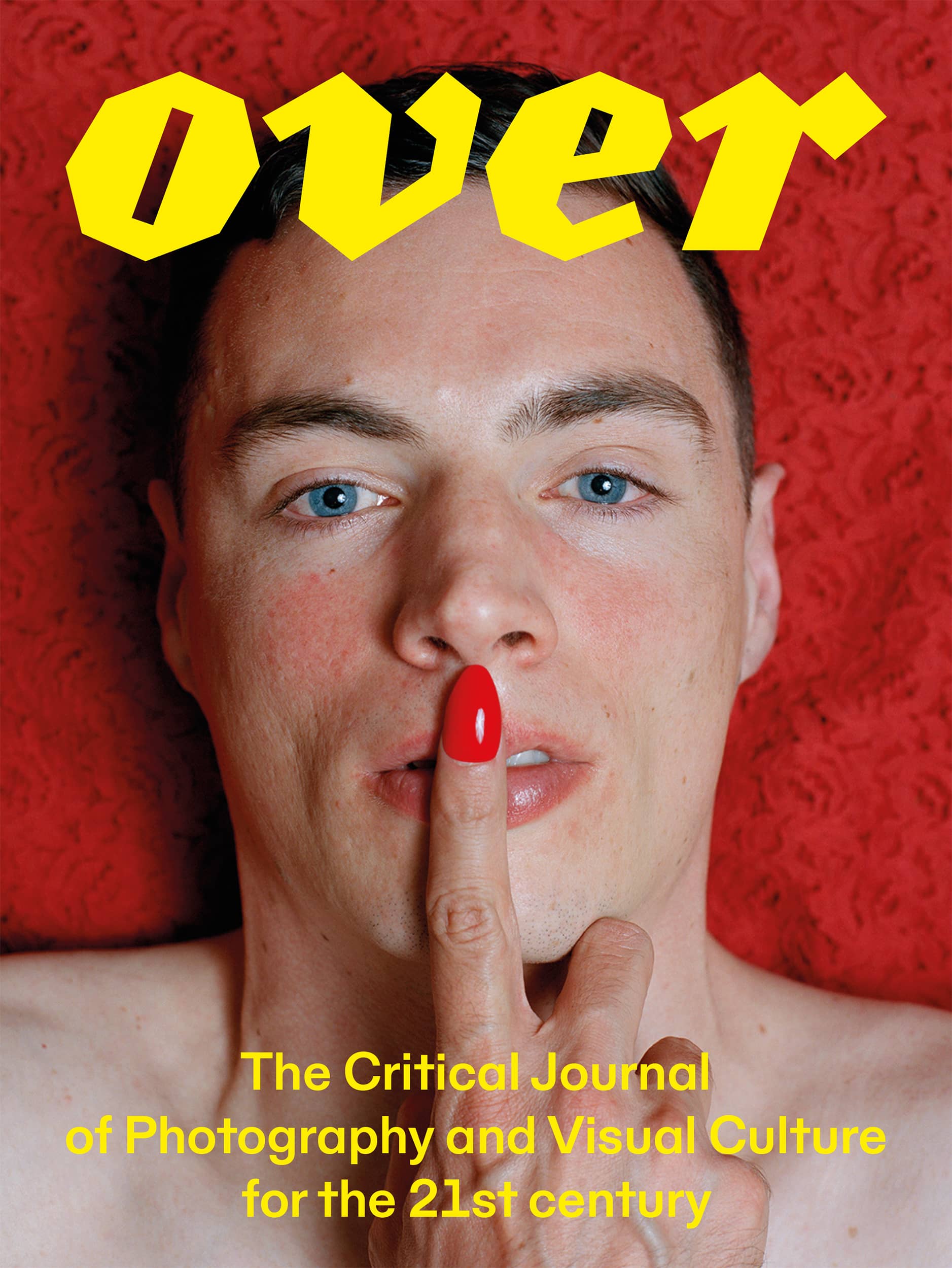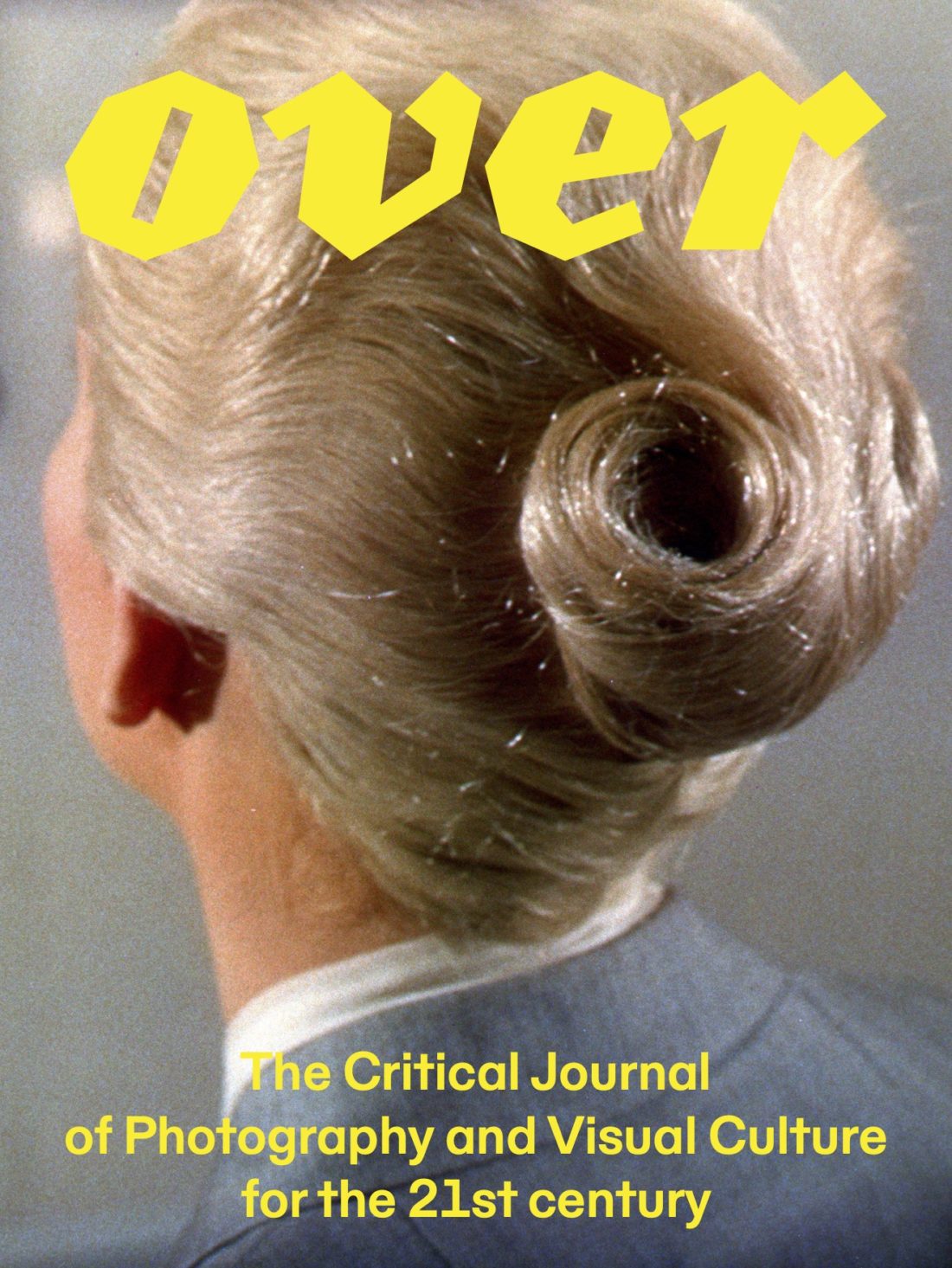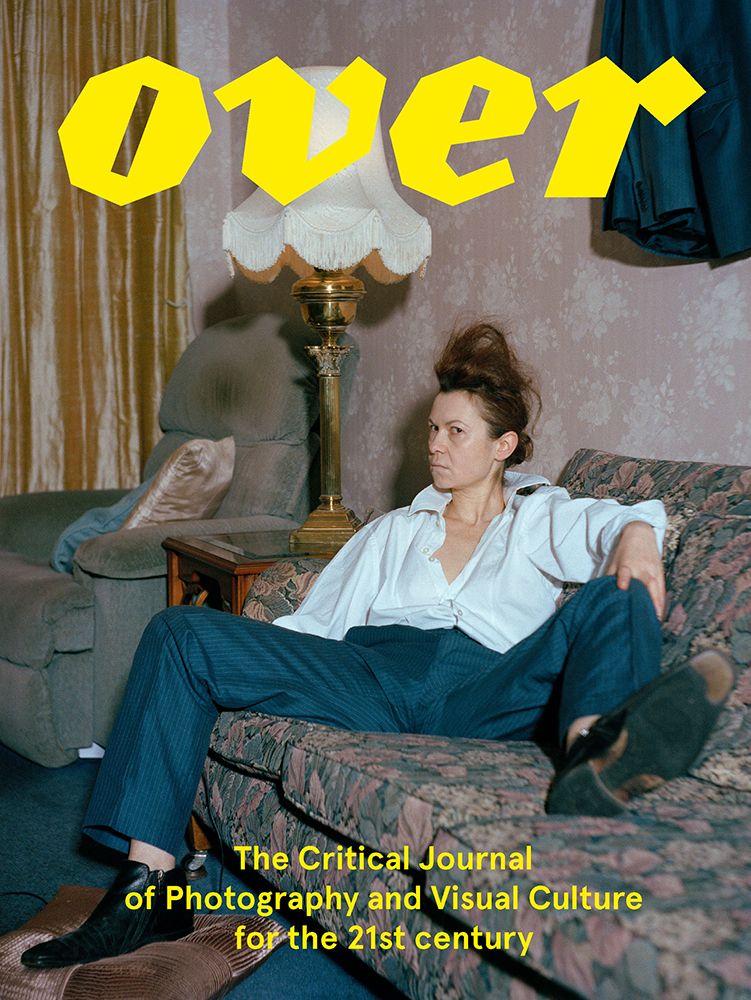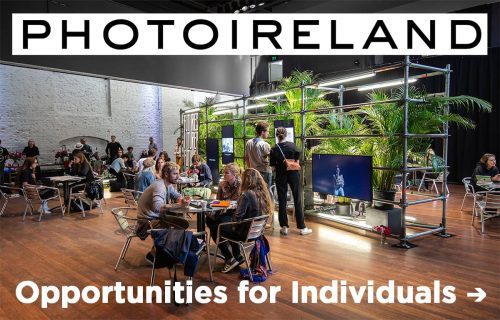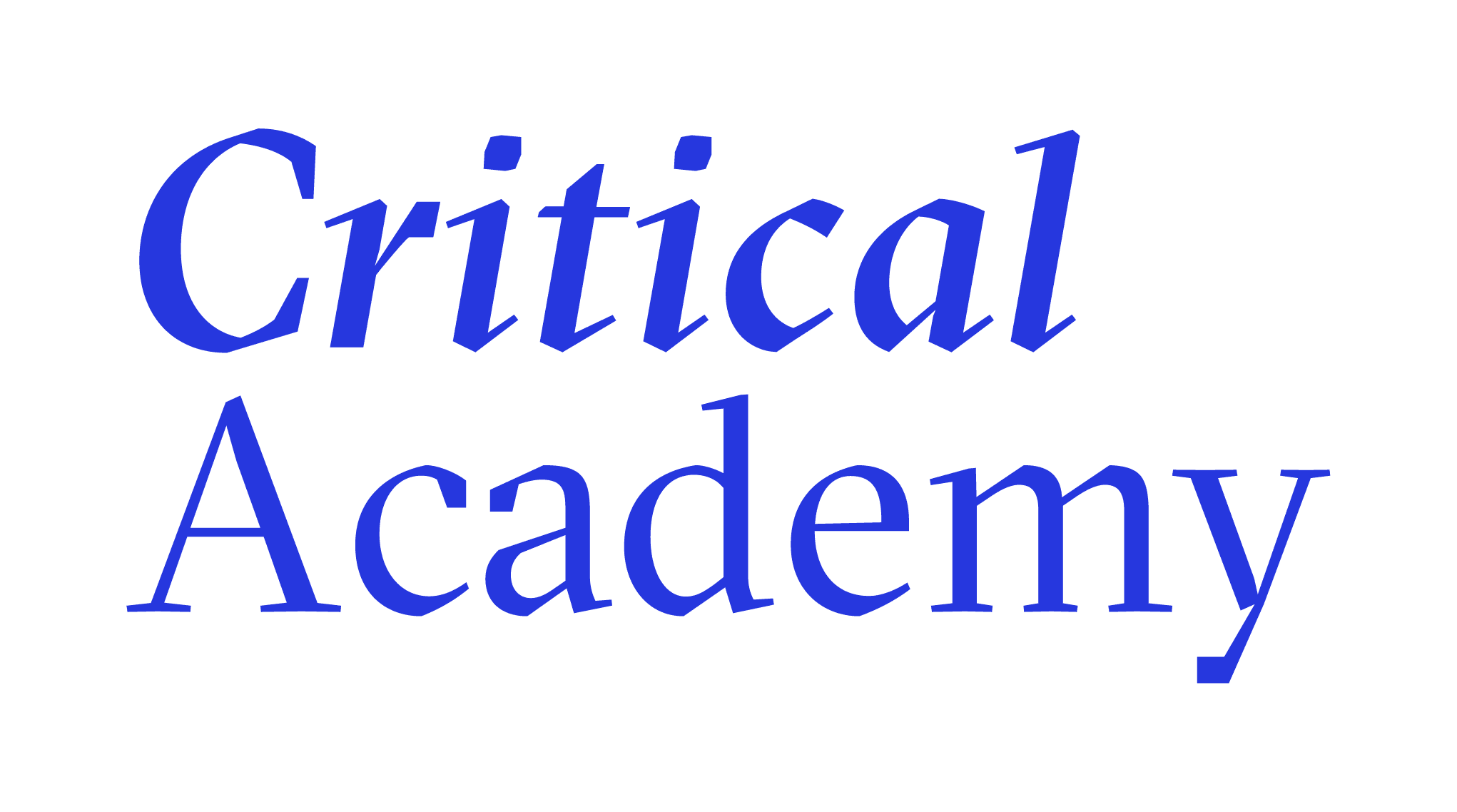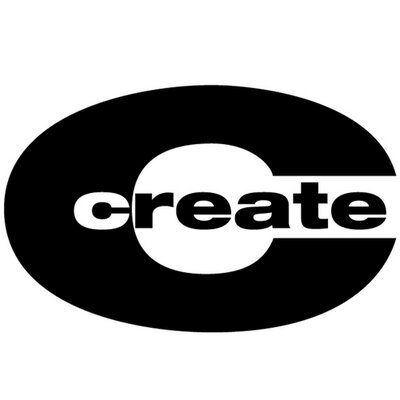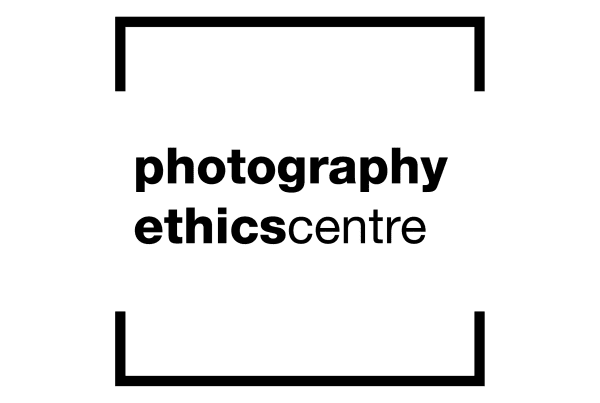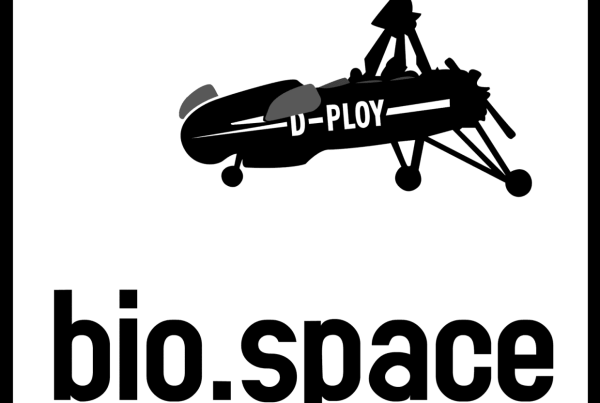

Printed Project
Founded 2003
Location
Website
Printed Project was the journal published by Visual Artists Ireland. Printed Project was an ongoing collaboration amongst artists, critics and curators, writers and readers devoted to making sense of contemporary art and culture. Printed Project was published twice a year and edited on a rotating basis by invited curatorial editors.
Printed Project is a limited edition publication which was published twice a year from 2003 to 2010. Printed Project takes the longer more reflective view, offering a platform for selected International and Irish ‘Curator / Editors’ to explore contemporary visual arts practice and debates. Later editions considered issues of globalisation, migration, artistic autonomy and art and economics. 1
Publications
SELECTED ISSUES WITH REFERENCE TO PHOTOGRAPHY
- 2012, Issue 15
2012, 22nd Feb – 20th May, Conversations, Photography from the Bank of America Collection, Merrill Lynch, at IMMA (Ad)
2012, At Least I Will Know My Face, Sarah Pucill and Lucy Reynolds, Pg 92
“Since I have been working for a long time between photography and cinema, between contemplation and action, I could consider this image a metaphor for my work. The setting is a room in an Italian farm where they used to keep corn. I noticed that there was a big bird and I took the picture. Years later, when I was preparing a triptych installation, called Patatutopia, I wanted to have potatoes coming out of a fireplace and I remembered that one. We organised to have potatoes falling out of the big mouth of the monster. It was an act of cinema.The photograph is a still image, but the viewer can imagine the movement of the potatoes. The image also reflects the contradiction I like to work with. Perfect peace, the balance of lights in the storage of vegetables, and a feeling of danger, announced by the frightening look of the monster. Is he eating and swallowing or spitting and vomiting? Shouldn’t we escape from that place? But how? Behind the open windows were fenced in”
- 2010, July , Issue 13
2010, (From) A to B (and Back), Tim O’Reilly, Pg 18
“The small images on these pages feature instances of what could be called distributed works. These are singular images of modelled spaces and objects generated using a computer. Each also incorporates a real photograph mapped onto a computer model of a photograph, pinned or taped to the walls or lying on the objects in these spaces. The photographs are the only things that have a causal, indexical relation to the outside world. Everything else has been constructed from memory or, very occasionally, with the help of observations or measurements of actual objects. I imagine a distributed work comprising a network of objects or elements. This could take many forms, for instance, a series of physically separate objects or a singular representation of diverse things. Working across a number of elements, the gaps between things can act as a speculative space for imagining connections, generating reveries or drawing blanks. Narrative connections can be implied yet remain open-ended. The work can exist in a realm of association”2010, 2nd Jul – 13th Aug, Daniel Jewsbury and Aisling O’Beirn, Belfast Exposed (Ad)
- 2009, November, Issue 12
2009, from the series: Assets 1-n, Katja Eydel, Project Arts Centre, Pg. 83
- 2009 June, Issue 11
2009, 8th May – 19th June, What You Can’t See, Duncan Campbell, Ines Schaber, Stefan Pente, Jean-Gabriel Périot, Belfast Exposed, (Ad)
- 2008, October, Issue 10
2008, 17th Oct, 28th Nov, An exhibition about Public Relations Photography, Factotum, at Belfast Exposed, (Ad)
2009, 18th Jan – 4th April, Ronan McCrea, Draíocht, (Ad)
- 2008, April, Issue 9
2008, Jan 8th, Goshka Macuga talked to Declan Clarke and Paul McDevitt in Clärchens Ballhaus, Berlin
“Clarke & McDevitt: You’ve recently been buying personal collections of negatives and slides on the internet. What is it about these that is interesting to you?
Goshka Macuga: Well for me it’s interesting because it is a project that doesn’t have a destination. With this internet project it’s totally simple. It is interesting to see how something comes together through my really subjective choice-making procedure that happens over time. Basically it’s doing what I like doing, which is buying stuff.
C&McD: Tell us what it is that you’ve bought so far.
GM: I only buy negatives, not photographs, but negatives you can print from. So the only things that you find on the internet mainly, are nude photographs, some more explicit, some less. You buy photographs of steam engines – hundreds of them. Often you find stuff from the ist world war and the 2nd world war; I managed to get a really fantastic collection from the Vietnam War. I bought 300 negatives from a soldier – his personal photographs”
- 2007, Oct, Issue 8
2007, A Cautionary Tale – The Experience of Belfast Exposed, Pauline Hadaway, Pg. 10
“In 1985, awarded a modest annual grant by ANI’s nascent community arts committee and energised by responses to the exhibition, which had already travelled to London, Dublin, Geneva and Moscow, Belfast Exposed was starting to feel it had a philosophy, a raison d’etre above and beyond our photography…and that the time had come to spell it out….In its development plans, Belfast Exposed had signalled its intention to locate the emerging gallery and exhibition project in the Conway Mill, currently being developed as a local enterprise, education, arts and conference centre”
2007, 29th Sept – 7th Nov, Portraits: Reflections on the Veil, Jane Brettle and Tulu Bayar (Ad)
2007/08, 16th Nov – 11th Jan, Border Country, Melanie Friend, (Ad)
- 2007, Feb, Issue 6
2007, Transitions and Digressions, Martha Rosler, an ongoing series of photographs pg. 28
- 2005, May, Issue 5
2005, “hubs” other cinemas, Susan MacWilliam (photographs, collage), Pg. 24
- 2004 May, Issue 2
2004, Jun 12th – Aug 29th, The Sporting Image, Fingal Fifth International Festival of Photography, at The Draíocht. (Ad)
- 2003, September, Issue 1
2003, Views From a Sequence of Images, Gerard Byrne, Pg. 34
“While the herd naturally assumes spatial formations based on internal hierarchical principles, they would also appear to respond to the “presence” of spectators. As the position of the camera was moved, so too did the herd reconfigure positions in response to the camera’s changed position. The photographs were taken from a relatively close range, of approximately 12 metres. At this range the herd assumed a studied nonchalance, which seemed strangely anthropomorphic, almost learned. Nevertheless, individual deer would take up specific positions in relation to both other individuals, and to the changing camera position, whilst others would remain stat-ic. Once the new configuration was assumed, the deer would resume relatively static stances. As a whole, the herd appeared to maintain a carefully unified, choreographed façade to the camera that bespeaks of some self-awareness of the herd’s collective “appearance” as a spectacle”
2003, Sept 12th – Oct 31st, You said that without moving your lips, Lindsay Seers, major exhibition of photographic installations, Limerick City Gallery of Art. (Ad)
